
Turku Archipelago: Finland's Coastal Jewel
Explore the Turku Archipelago: A serene retreat with over 20,000 islands, perfect for cycling, boating, and soaking in the rich cultural heritage of Finland's coastal jewel.
The Turku Archipelago is a stunning collection of over 20,000 islands and islets scattered along the southwestern coast of Finland. This picturesque archipelago is a paradise for nature lovers, offering a unique blend of serene landscapes, rugged coastlines, and charming villages. The area is known for its pristine waters, diverse wildlife, and the traditional wooden houses that dot the islands. It's an ideal destination for those who seek tranquility and an escape from the hustle and bustle of city life. One of the best ways to explore the Turku Archipelago is by cycling or boating. The Archipelago Trail, a well-marked route that connects many of the islands via bridges and ferries, is a favorite among cyclists. Boating enthusiasts will enjoy navigating the labyrinth of waterways, discovering hidden coves, and anchoring at different islands to explore their unique offerings. Don't miss the chance to visit the larger islands like Nagu, Korpo, and Houtskär, each boasting its own distinct charm and attractions. The Turku Archipelago is also rich in cultural heritage. The area has a long history of seafaring and fishing, and you can learn about this at the various local museums and heritage centers. Traditional markets, local festivals, and cozy cafes offer glimpses into the local way of life. For a truly authentic experience, consider staying in one of the many guesthouses or cottages run by local families, where you can enjoy homemade Finnish cuisine and warm hospitality.
Local tips in Turku Archipelago
- Plan your trip in the summer months when the weather is mild and the days are long.
- Take advantage of the Archipelago Trail for an unforgettable cycling experience.
- Use the local ferries to hop between islands; they are a convenient and scenic way to travel.
- Book accommodations in advance, especially during peak season, as the best places fill up quickly.
- Don't forget to try local seafood delicacies like Baltic herring and smoked salmon.
Turku Archipelago: Finland's Coastal Jewel
The Turku Archipelago is a stunning collection of over 20,000 islands and islets scattered along the southwestern coast of Finland. This picturesque archipelago is a paradise for nature lovers, offering a unique blend of serene landscapes, rugged coastlines, and charming villages. The area is known for its pristine waters, diverse wildlife, and the traditional wooden houses that dot the islands. It's an ideal destination for those who seek tranquility and an escape from the hustle and bustle of city life. One of the best ways to explore the Turku Archipelago is by cycling or boating. The Archipelago Trail, a well-marked route that connects many of the islands via bridges and ferries, is a favorite among cyclists. Boating enthusiasts will enjoy navigating the labyrinth of waterways, discovering hidden coves, and anchoring at different islands to explore their unique offerings. Don't miss the chance to visit the larger islands like Nagu, Korpo, and Houtskär, each boasting its own distinct charm and attractions. The Turku Archipelago is also rich in cultural heritage. The area has a long history of seafaring and fishing, and you can learn about this at the various local museums and heritage centers. Traditional markets, local festivals, and cozy cafes offer glimpses into the local way of life. For a truly authentic experience, consider staying in one of the many guesthouses or cottages run by local families, where you can enjoy homemade Finnish cuisine and warm hospitality.
When is the best time to go to Turku Archipelago?
Iconic landmarks you can’t miss
Turku Castle
Explore Turku Castle, a historical treasure in Finland, showcasing medieval architecture and captivating exhibitions on the nation’s rich heritage.
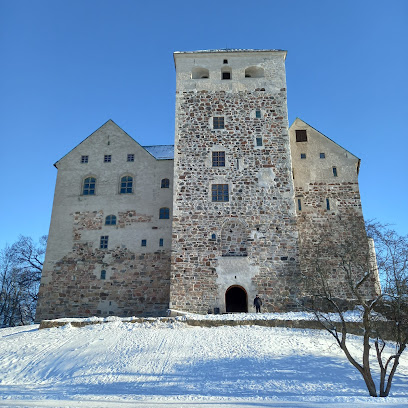
Turku Cathedral
Discover the spiritual heart of Turku at the historic Turku Cathedral, a stunning blend of architecture and Finnish heritage.
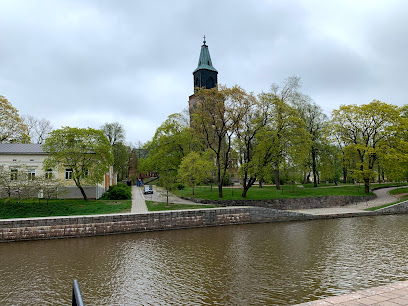
Moomin World
Explore the whimsical world of Moomin characters at Moomin World in Naantali, Finland—a magical theme park for families and fans.
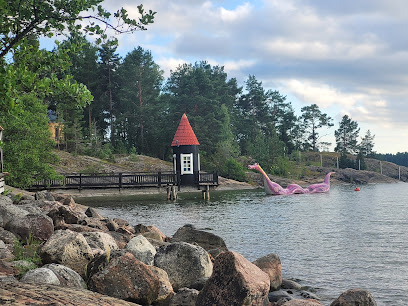
Kakolanmäki
Discover the rich history and breathtaking views of Kakolanmäki, a former prison turned tourist attraction in the heart of Turku, Finland.
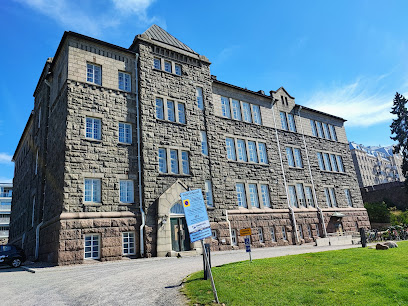
Botanic Garden of University of Turku
Explore the Botanic Garden of the University of Turku, a tropical paradise featuring diverse plant species and serene landscapes in Finland.
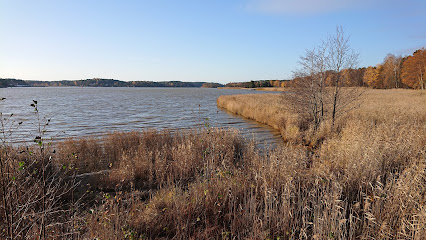
Aboa Vetus Ars Nova
Explore Aboa Vetus Ars Nova, where the history of Turku meets contemporary art in a stunning museum setting.
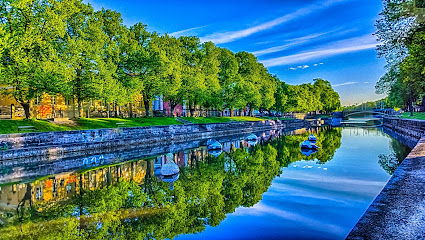
The Old Great Square
Discover the heart of Turku at The Old Great Square, a historic marketplace filled with culture, architecture, and local delicacies.
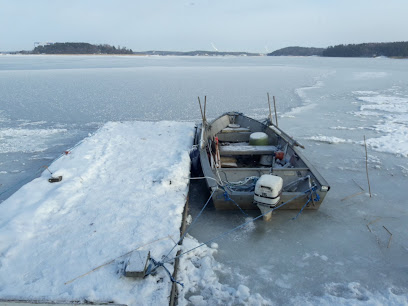
Adventure Park Seikkailupuisto
Explore Adventure Park Seikkailupuisto in Turku - a magical children's amusement center full of fun, creativity, and unforgettable family moments.
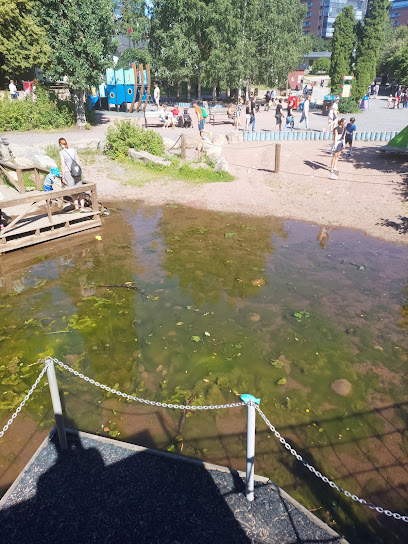
Luostarinmäki Open-Air Museum
Discover the rich cultural heritage of Turku at Luostarinmäki Open-Air Museum, where history and tradition come alive in a picturesque setting.
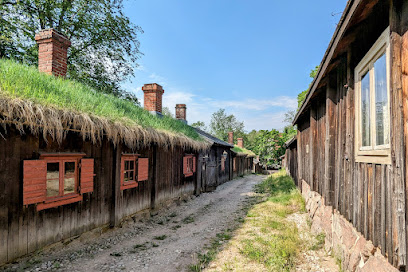
Turku Art Museum
Experience the essence of Finnish art and culture at Turku Art Museum, a must-see destination for every art enthusiast visiting Turku.
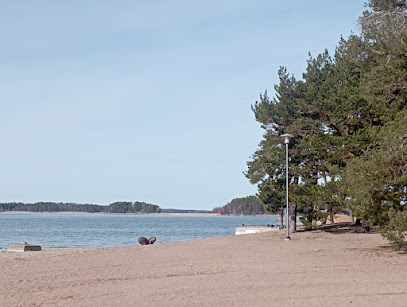
Forum Marinum
Discover the fascinating maritime history of Finland at Forum Marinum, a must-visit museum in Turku showcasing naval artifacts and engaging exhibits.
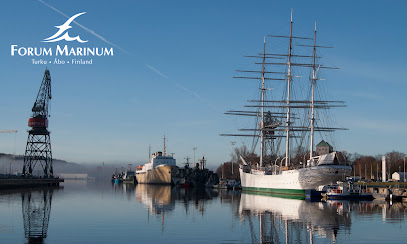
Pharmacy Museum and Qwensel house
Discover Finland's pharmaceutical history at the Pharmacy Museum and Qwensel House, a charming museum in the heart of Turku.
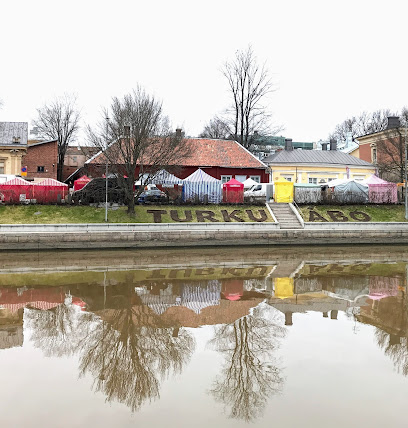
Kuralan Kylämäki
Discover the charm of Finnish rural life at Kuralan Kylämäki, an open-air museum in Turku showcasing history, culture, and nature.
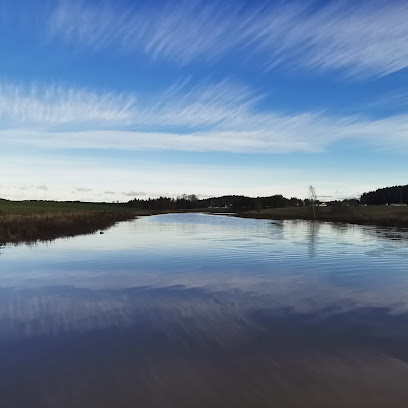
Ruissalon Telakka - Åbo Båtvarv
Experience the enchanting Ruissalon Telakka - Åbo Båtvarv, where maritime tradition meets natural beauty in the heart of Turku's archipelago.
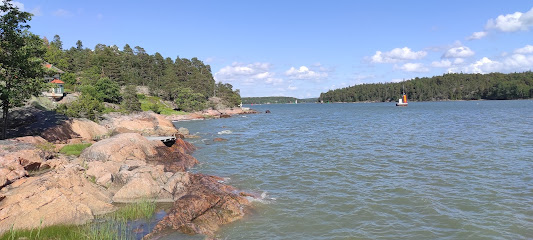
Flowpark Turku
Experience the thrill of adventure and the beauty of nature at Flowpark Turku, the ultimate amusement park in Finland, perfect for families and thrill-seekers.
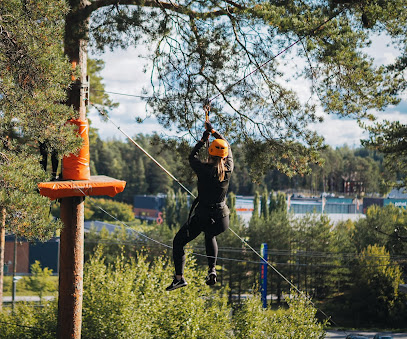
Unmissable attractions to see
Kupittaa Park
Explore the lush landscapes and vibrant activities at Kupittaa Park, an urban oasis in Turku perfect for relaxation and recreation.
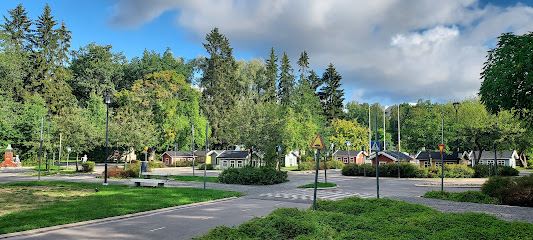
Kakolanmäki
Discover the historical allure and breathtaking views of Kakolanmäki, a captivating site in Turku that reflects Finland's rich past.
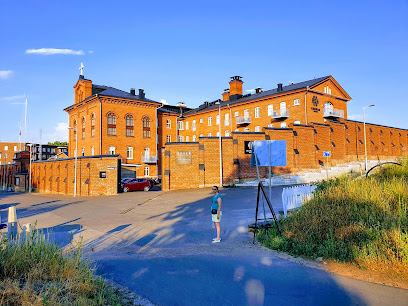
Aboa Vetus Ars Nova
Explore the captivating blend of history and contemporary art at Aboa Vetus Ars Nova, Turku's premier archaeological and art museum.

Adventure Park Seikkailupuisto
Explore the enchanting Adventure Park Seikkailupuisto in Turku, Finland, where children’s dreams come to life through play and performance.
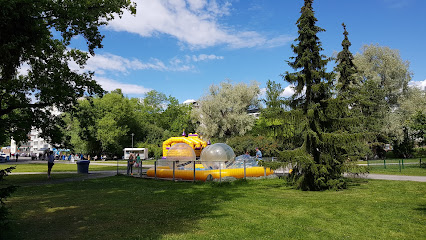
Kuralan Kylämäki
Explore Kuralan Kylämäki, Turku's open-air museum showcasing 19th-century Finnish rural life through authentic buildings and engaging exhibits.
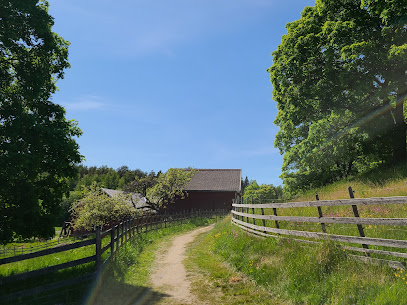
Barker Park
Explore the serene beauty of Barker Park in Turku, Finland, a picturesque haven for nature lovers and tourists seeking tranquility.

Turku Biological Museum
Explore the rich biodiversity of our planet at Turku Biological Museum, where nature comes alive through captivating exhibits and educational experiences.
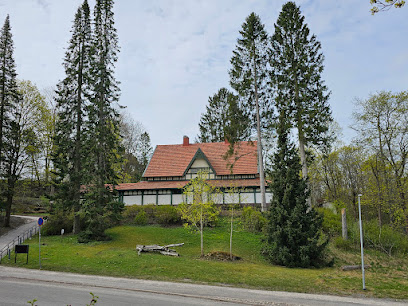
Flowpark Turku
Discover adventure and ecological fun at Flowpark Turku, Finland's premier outdoor activity center for thrill-seekers and nature lovers.
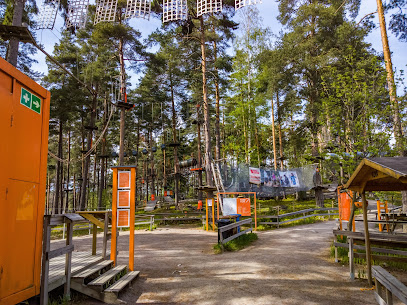
Mannerheim Park
Discover Mannerheim Park, a serene urban retreat in Turku, Finland, where lush landscapes meet rich history for an unforgettable outdoor experience.
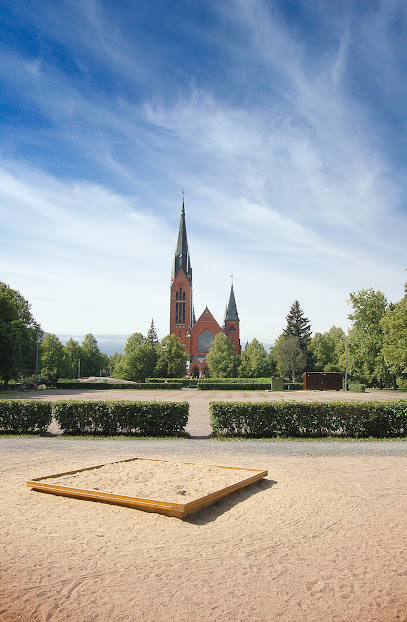
Daisy
Explore the captivating Daisy sculpture in Turku, a perfect blend of art and nature that enchants every visitor.
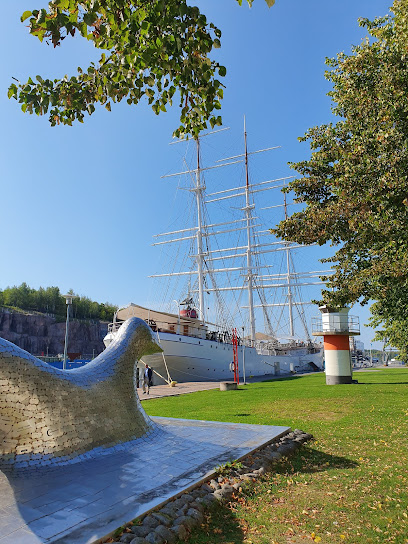
Sibeliusmuseum
Explore the Sibelius Museum in Turku, a captivating journey through the life and legacy of Finland’s greatest composer, Jean Sibelius.
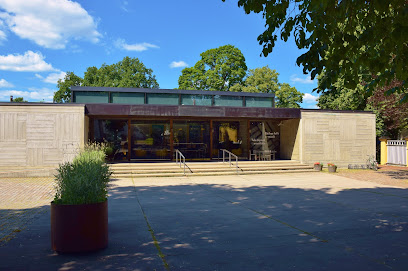
Posankka
Discover Posankka, Turku's whimsical sculpture that encapsulates Finnish humor and creativity, a must-visit for art lovers and families alike.
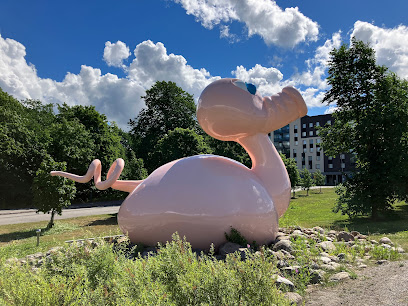
Brahe’s Park / Braheskvären
Explore Brahe's Park, a serene urban oasis in Turku, perfect for leisurely strolls, picnics, and cultural events amidst nature's beauty.
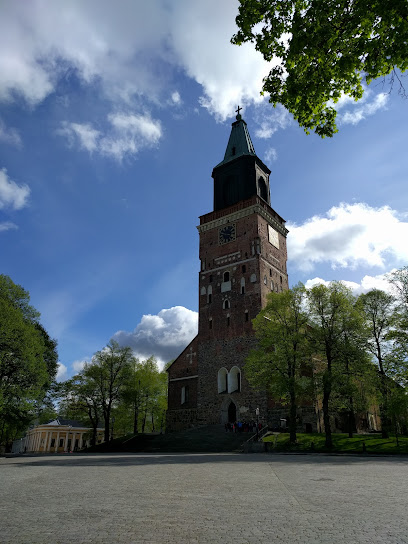
Månsdottersparken
Discover the tranquil beauty of Månsdottersparken, a green haven in the heart of Turku, perfect for relaxation and scenic strolls.
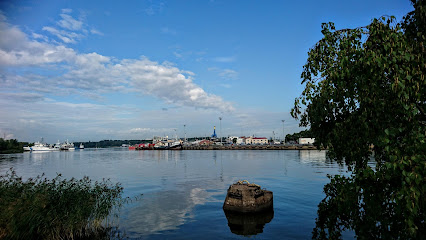
Korois udde
Explore the tranquil beauty and cultural heritage of Korois Udde, a serene tourist attraction in the heart of Finland.
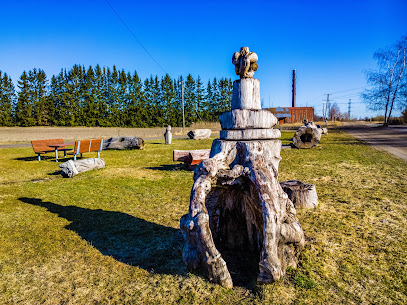
Essential places to dine
Restaurant 3.Linja
Experience the rich flavors of Finland at Restaurant 3.Linja in Turku - where every meal tells a story.
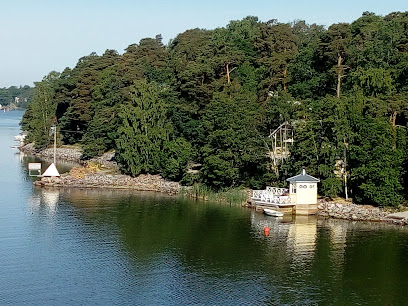
Pippurimylly
Discover the culinary magic at Pippurimylly in Turku, where steak meets pizza for an unforgettable dining experience.
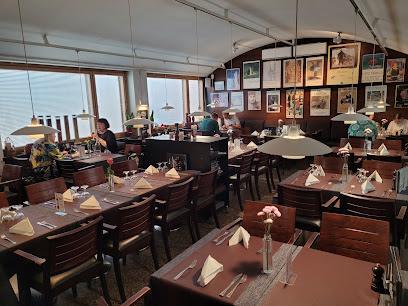
Blanko
Experience culinary excellence at Blanko – Turku's top European restaurant known for fresh local ingredients and innovative flavors.
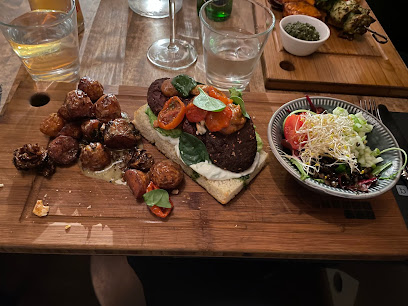
Ristorante Pizzeria Dennis
Experience authentic Italian cuisine at Ristorante Pizzeria Dennis in Turku – home of delicious pizzas and welcoming ambiance.
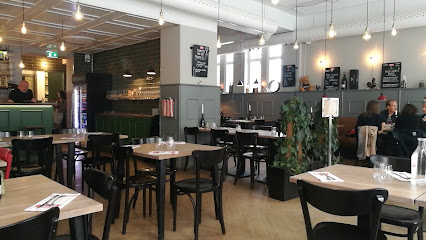
Tårget
Experience authentic Italian cuisine at Tårget in Turku – where every meal is a celebration of flavor and hospitality.
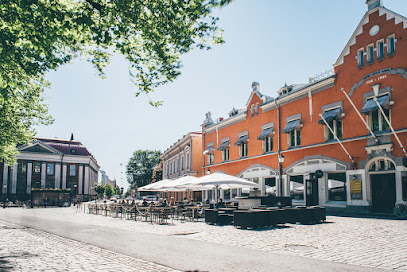
Nerå
Discover the unique flavors of Finland at Nerå in Turku – where innovative cuisine meets stylish ambiance.
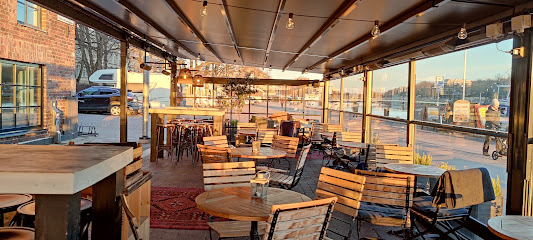
Tintå
Experience the vibrant fusion of flavors at Tintå in Turku - where culinary innovation meets cozy dining.
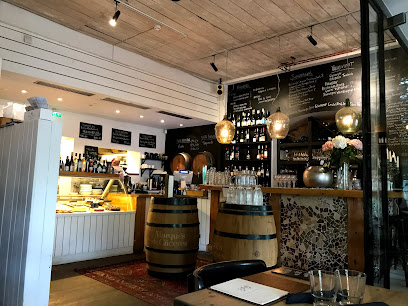
Rantakerttu
Experience the best of Finnish cuisine at Rantakerttu in Turku—where fresh ingredients meet stunning waterfront views.
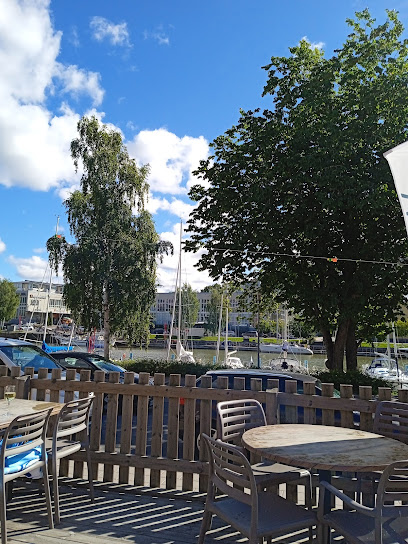
Viking Restaurant Harald
Discover the rich flavors of Scandinavia at Viking Restaurant Harald - where authentic Finnish cuisine meets captivating Viking themes.
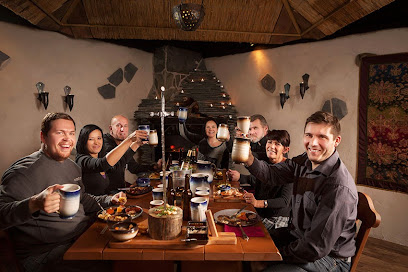
Nooa
Experience exquisite Finnish cuisine at Nooa in Turku, where stunning waterfront views meet culinary artistry.
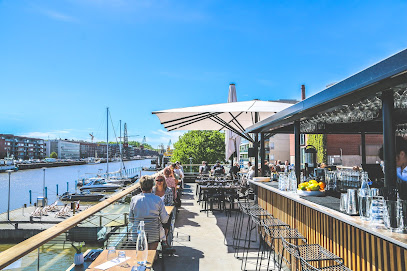
Svarte Rudolf
Experience authentic Finnish cuisine aboard Svarte Rudolf, a charming steamboat restaurant in scenic Turku offering delightful waterfront views.
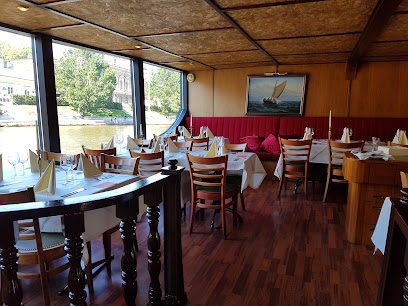
Kakolanruusu
Discover culinary excellence at Kakolanruusu in Turku - where modern cuisine meets Finnish tradition in a stunning atmosphere.

Tiirikkala
Discover Tiirikkala in Turku: Your go-to spot for delightful breakfasts, fresh pastries, and vibrant live music experiences.
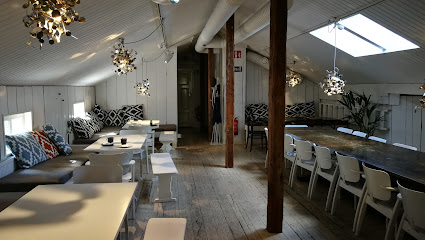
Sergio’s
Experience authentic Italian flavors at Sergio’s in Turku - renowned for its delicious pizzas and inviting atmosphere.
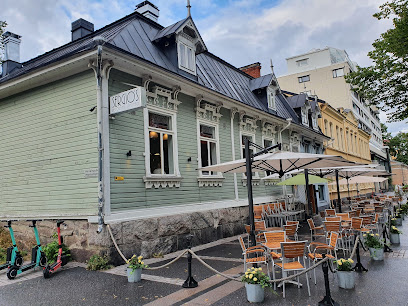
Intian Helmi Restaurant Turku
Discover authentic Indian cuisine at Intian Helmi Restaurant in Turku - where every dish is a flavorful adventure.

Markets, malls and hidden boutiques
Hansakortteli
Experience the essence of Turku at Hansakortteli, a vibrant shopping mall filled with shops, cafes, and cultural charm.

Shopping center Skanssi
Explore Skanssi Shopping Center in Turku - Your ultimate shopping, dining, and leisure destination with a unique memorial park.
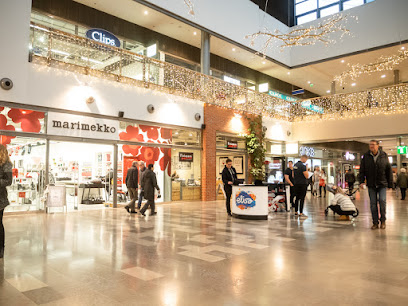
Sokos Wiklund
Discover the vibrant shopping experience at Sokos Wiklund, Turku's premier department store offering a blend of fashion and lifestyle products.
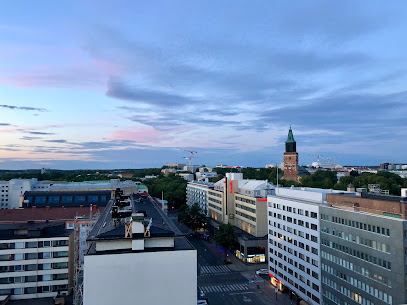
Iittala Store Turku
Explore the elegance of Finnish design at Iittala Store Turku, where quality home goods meet artistic craftsmanship.
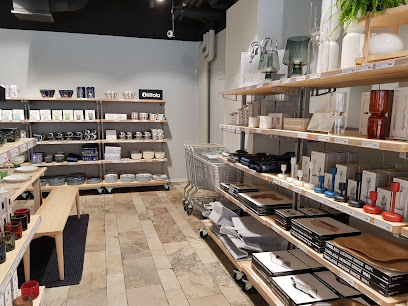
Flying Tiger
Explore Flying Tiger in Turku for unique gifts, quirky home goods, and creative accessories that add joy to your travel experience.
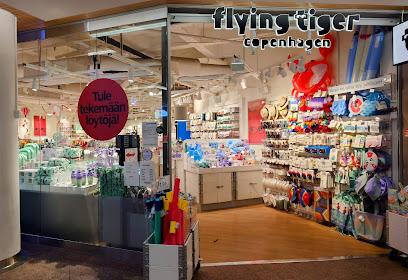
PUF
Discover unique fashion and art at PUF in Turku, where trendy clothing, accessories, and home goods await the modern shopper.
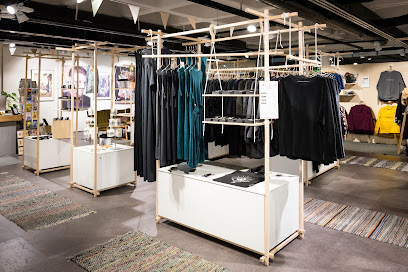
Kakola Shop
Explore Kakola Shop in Turku for stylish gifts and unique souvenirs that capture the spirit of Finnish culture and artistry.
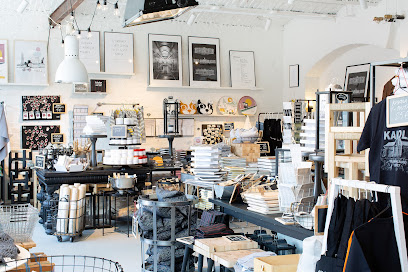
Turun Sarjakuvakauppa
Explore a vibrant universe of comics at Turun Sarjakuvakauppa in Turku, Finland - a must-visit for comic enthusiasts and curious tourists.
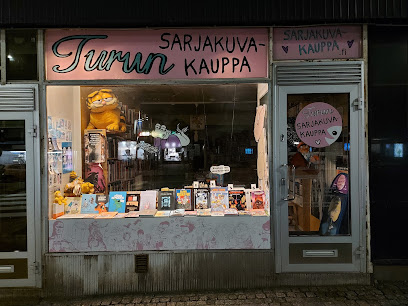
Marimekko Turku
Explore Marimekko Turku: A hub of Finnish design featuring vibrant clothing, accessories, and home decor that embody creativity and quality.
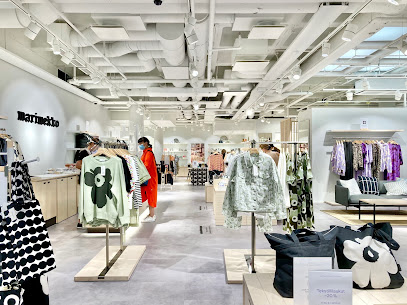
Butik Turku
Experience ultimate beauty and grooming at Butik Turku, a diverse salon offering hair, barber, and beauty services in the heart of Turku, Finland.

KUI Design
Explore KUI Design in Turku for exceptional Finnish crafts and unique gifts that embody the beauty of local artistry.
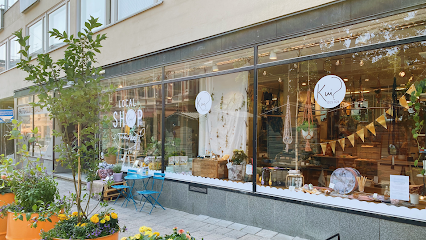
The Store
Explore unique crafts and local treasures at The Store in Turku, a must-visit for any traveler seeking authentic Finnish experiences.
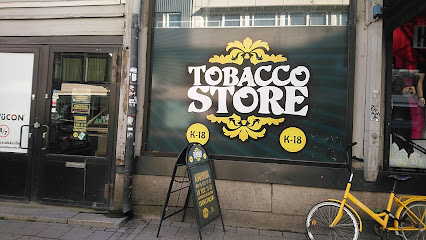
Taito Shop Turku & Taitokeskus Turku
Explore the rich tapestry of Finnish craftsmanship at Taito Shop Turku, where handmade artistry meets cultural heritage.
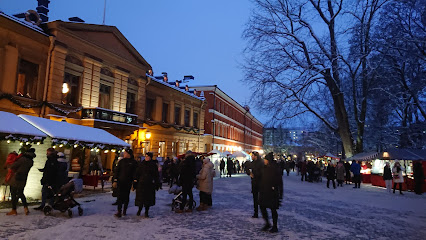
UFF Second Hand Turku
Explore UFF Second Hand Turku for unique vintage clothing and sustainable fashion choices in the heart of Turku, Finland.
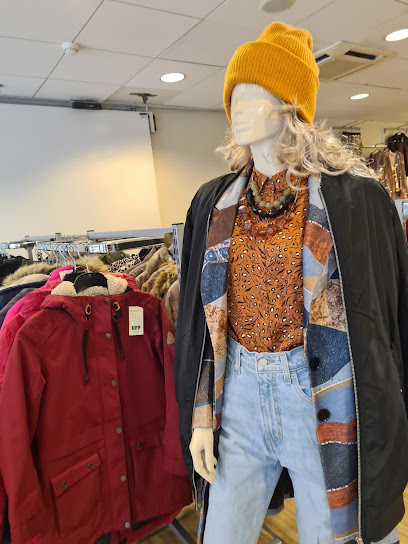
Suomen Valoisa Oy
Explore Suomen Valoisa Oy in Turku for unique gifts and local crafts that embody the spirit of Finland, perfect for souvenirs and mementos.
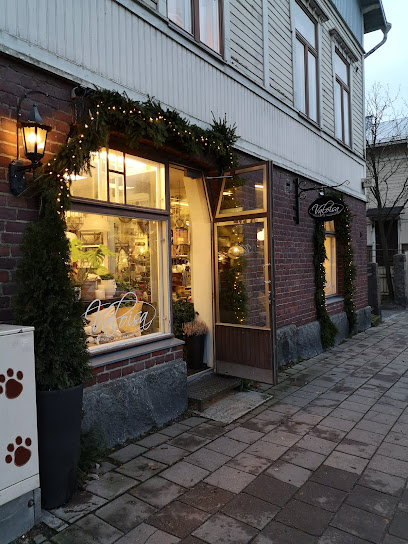
Essential bars & hidden hideouts
Rento
Discover Rento, Turku's vibrant bar offering a diverse drink selection and lively atmosphere perfect for unwinding after a day of exploration.
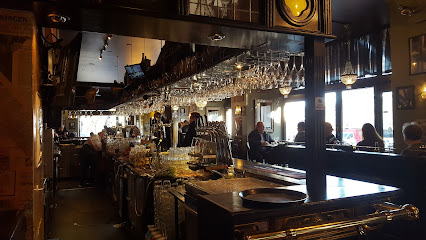
Walo Rooftop Bar
Experience breathtaking views and a vibrant atmosphere at Walo Rooftop Bar, the ultimate destination for drinks and socializing in Turku.
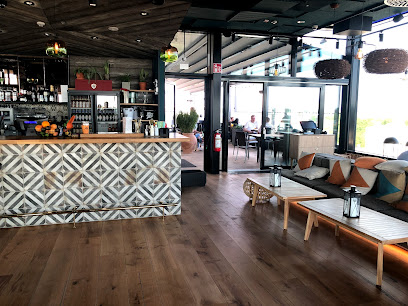
Uusi Apteekki Pub
Experience Turku's vibrant nightlife at Uusi Apteekki Pub, a historic bar that offers a unique blend of charm, culture, and refreshing drinks.
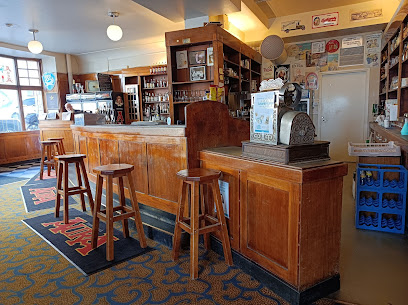
Hunter's Inn
Discover the cozy charm of Hunter's Inn, a vibrant bar in Turku offering a delightful mix of local and international drinks in a welcoming atmosphere.
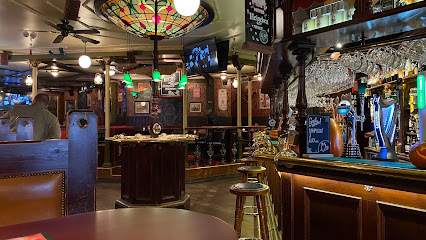
Bar Edison
Discover the vibrant atmosphere and diverse drink selection at Bar Edison, a must-visit pub in the heart of Turku.
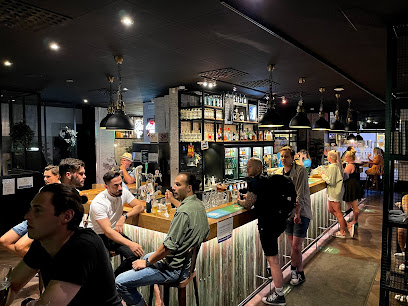
Skärgårdsbaren - Saaristobaari
Discover the culinary charm of Turku at Skärgårdsbaren, a lively bar and bistro offering delicious local dishes and drinks in a welcoming atmosphere.
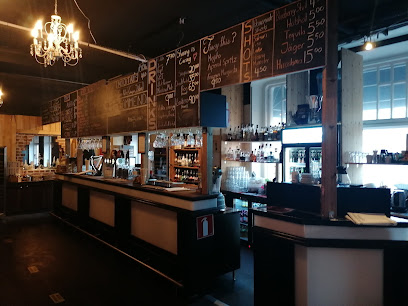
Bar Kuka
Experience the vibrant nightlife of Turku at Bar Kuka, a lively bar with an extensive drink selection and a welcoming atmosphere.
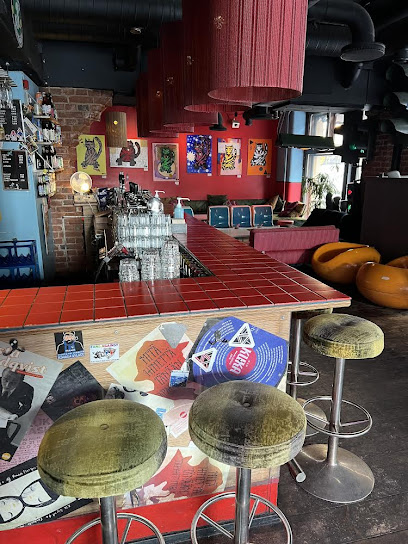
Whisky Bar
Discover Turku's Whisky Bar – a cozy haven for whisky enthusiasts offering a broad selection and a welcoming atmosphere.
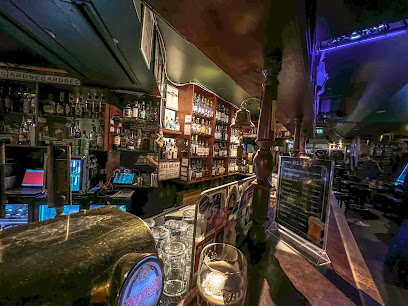
Bar Ö
Discover Bar Ö in Turku – A vibrant bar known for its eclectic decor, diverse drinks, and lively atmosphere, perfect for tourists exploring Finland's nightlife.
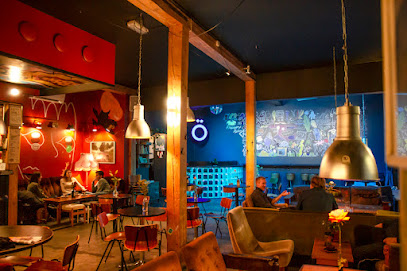
The Old Irish Pub
Discover the warmth of Irish hospitality at The Old Irish Pub in Turku, offering traditional dishes, refreshing drinks, and vibrant live music.
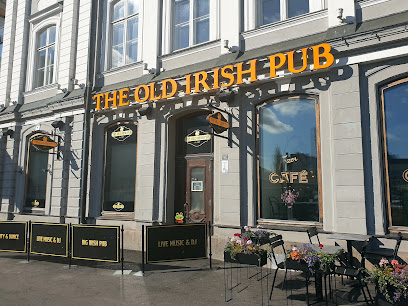
Bar4
Experience the vibrant nightlife of Turku at Bar4, where innovative cocktails and a lively atmosphere await every visitor.
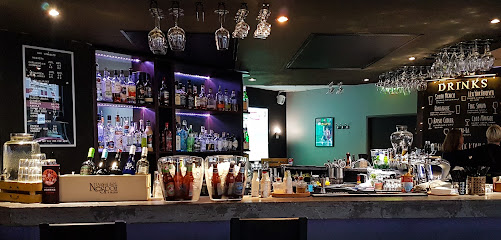
Bar Semafori
Discover the charm of Bar Semafori, a lively pub in Turku offering delicious pizzas and a vibrant atmosphere for a perfect dining experience.
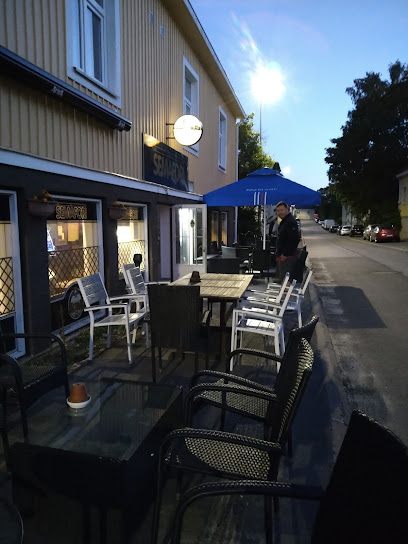
Kerttulin Kievari
Discover Kerttulin Kievari, Turku's charming bar offering a cozy atmosphere, local brews, and a unique Finnish experience.
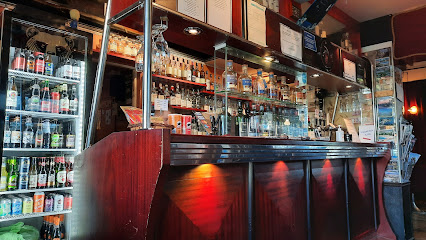
Rica Bar
Discover Rica Bar in Turku, where vibrant cocktails meet a lively atmosphere perfect for an unforgettable night out.
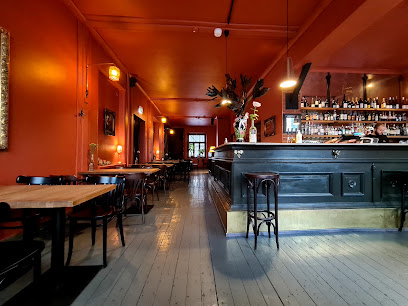
Pikku Havanna
Discover Pikku Havanna, Turku's vibrant bar and café with a unique cigar shop experience, perfect for relaxation and socializing.
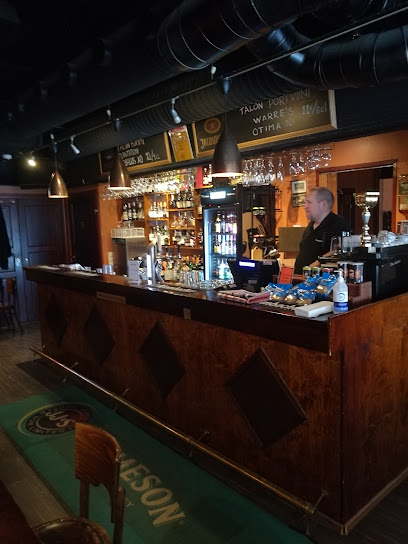
Local Phrases about Turku Archipelago
-
- HelloMoi
[Moi] - GoodbyeNäkemiin
[Nakemiin] - YesKyllä
[Kulla] - NoEi
[Ei] - Please/You're welcomeOle hyvä
[Ole hyva] - Thank youKiitos
[Kiitos] - Excuse me/SorryAnteeksi
[Anteeksi] - How are you?Mitä kuuluu?
[Mita kuuluu] - Fine. And you?Hyvää. Entä sinä?
[Hyvaa. Enta sina] - Do you speak English?Puhutko englantia?
[Puhutko englantia] - I don't understandEn ymmärrä
[En ymmarra]
- HelloMoi
-
- I'd like to see the menu, pleaseVoisin nähdä ruokalistan, kiitos
[Voisin nahda ruokalistan, kiitos] - I don't eat meatEn syö lihaa
[En syo lihaa] - Cheers!Kippis!
[Kippis] - I would like to pay, pleaseHaluan maksaa, kiitos
[Haluan maksaa, kiitos]
- I'd like to see the menu, pleaseVoisin nähdä ruokalistan, kiitos
-
- Help!Apua!
[Apua] - Go away!Mene pois!
[Mene pois] - Call the Police!Soita poliisille!
[Soita poliisille] - Call a doctor!Soita lääkärille!
[Soita laakarille] - I'm lostOlen eksyksissä
[Olen eksyksissa] - I'm illOlen sairas
[Olen sairas]
- Help!Apua!
-
- I'd like to buy...Haluan ostaa...
[Haluan ostaa] - I'm just lookingOlen vain katsomassa
[Olen vain katsomassa] - How much is it?Paljonko se maksaa?
[Paljonko se maksaa] - That's too expensiveSe on liian kallis
[Se on liian kallis] - Can you lower the price?Voitteko laskea hintaa?
[Voitteko laskea hintaa]
- I'd like to buy...Haluan ostaa...
-
- What time is it?Paljonko kello on?
[Paljonko kello on] - It's one o'clockKello on yksi
[Kello on yksi] - Half past (10)Puoli (kymmenen)
[Puoli (kymmenen)] - MorningAamu
[Aamu] - AfternoonIltapäivä
[Iltapaiva] - EveningIlta
[Ilta] - YesterdayEilen
[Eilen] - TodayTänään
[Tanaan] - TomorrowHuomenna
[Huomenna] - 1Yksi
[Yksi] - 2Kaksi
[Kaksi] - 3Kolme
[Kolme] - 4Neljä
[Nelja] - 5Viisi
[Viisi] - 6Kuusi
[Kuusi] - 7Seitsemän
[Seitseman] - 8Kahdeksan
[Kahdeksan] - 9Yhdeksän
[Yhdeksan] - 10Kymmenen
[Kymmenen]
- What time is it?Paljonko kello on?
-
- Where's a/the...?Missä on...?
[Missa on] - What's the address?Mikä on osoite?
[Mika on osoite] - Can you show me (on the map)?Voitteko näyttää minulle (kartalla)?
[Voitteko nayttaa minulle (kartalla)] - When's the next (bus)?Milloin on seuraava (bussi)?
[Milloin on seuraava (bussi)] - A ticket (to ....)Lippu (....)
[Lippu]
- Where's a/the...?Missä on...?
History of Turku Archipelago
-
The Turku Archipelago has a history of human habitation dating back thousands of years. Archaeological findings suggest that the archipelago was inhabited during the Stone Age. The ancient settlers were primarily fishermen and hunters, taking advantage of the rich marine resources and the natural protection offered by the countless islands.
-
During the medieval period, the Turku Archipelago became an important region for trade. The islands were strategically located along the Baltic Sea trade routes, facilitating commerce between different parts of Europe. Turku, the oldest city in Finland, served as a crucial port and trading hub, connecting merchants from the Hanseatic League and beyond.
-
The Turku Archipelago was under Swedish rule from the 12th century until 1809. This period saw the establishment of numerous churches and manors, many of which still stand today. The influence of Swedish culture and language is still evident in the region, with Swedish being one of the official languages and many place names bearing Swedish origins.
-
The Turku Archipelago played a significant role during the Great Northern War (1700-1721) between Sweden and Russia. The islands served as strategic points for naval operations and were the site of several skirmishes. The war led to the Treaty of Nystad, which ceded large parts of Finland, including the archipelago, to Russia.
-
Following the Treaty of Nystad, the Turku Archipelago came under Russian control. However, Finland retained a significant degree of autonomy as a Grand Duchy. During this period, the area saw improvements in infrastructure, including the construction of lighthouses and the establishment of regular ferry services, which boosted connectivity and trade.
-
The Turku Archipelago was not immune to the impacts of World War II. The islands were fortified as part of Finland's coastal defense system. Several bunkers and other military structures from this period can still be found scattered across the archipelago. The war also led to significant population displacement and economic hardship, but the region recovered in the post-war years.
-
Today, the Turku Archipelago is a vibrant region known for its stunning natural beauty and rich cultural heritage. The area is popular among tourists for activities such as sailing, fishing, and exploring historical sites. Modern infrastructure, including well-maintained roads and bridges, has made the archipelago more accessible, while efforts to preserve its unique environment and traditions continue.
Turku Archipelago Essentials
-
Turku Archipelago is located in the southwestern part of Finland. The nearest international airport is Turku Airport, which is approximately 8 kilometers from Turku city center. From Turku, you can take a ferry, car, or bus to reach different islands within the archipelago. Ferries operated by FinFerries connect the main islands, and some routes are free of charge. Alternatively, you can drive or cycle using the Archipelago Trail, which connects numerous islands via bridges and ferries.
-
The Turku Archipelago consists of over 20,000 islands, making transportation a key consideration. Ferries are the primary mode of transport between islands, and schedules can be found online or at local tourist information centers. Buses also run between major islands, and car rentals are available in Turku for more flexibility. Cycling is a popular way to explore, with well-marked cycling routes and bike rentals available. During the summer, additional ferry routes operate to accommodate tourists.
-
The official currency in Finland is the Euro (EUR). Credit and debit cards are widely accepted in hotels, restaurants, and shops throughout the archipelago. However, it is advisable to carry some cash, especially when visiting smaller islands where card facilities may be limited. ATMs are available in Turku and on some of the larger islands, but it is a good idea to withdraw sufficient cash before heading to more remote areas.
-
Turku Archipelago is generally very safe for tourists. Crime rates are low, and violent crime is rare. However, it is always wise to take standard precautions, such as keeping an eye on your belongings in crowded areas and not leaving valuables unattended. There are no specific high-crime areas targeting tourists. Weather can be unpredictable, so be prepared for changing conditions, especially if you are sailing or hiking.
-
In case of emergency, dial 112 for immediate assistance from police, fire, or medical services. Medical facilities are available on the larger islands, and pharmacies can be found in major towns. It is recommended to have travel insurance that covers medical emergencies. For minor health issues, over-the-counter medications can be purchased at local pharmacies. Always carry a mobile phone with you, especially when exploring remote areas.
-
Fashion: Do dress in layers and wear comfortable, weather-appropriate clothing. Avoid high heels and opt for sturdy footwear if you plan to hike. Religion: Do respect local customs and traditions. While Finland is quite secular, always be respectful when visiting churches. Public Transport: Do be punctual and respectful on public transport. Don’t make loud noises or disturb other passengers. Greetings: Do greet people with a friendly 'Moi' (Hi) or 'Hei' (Hello). A firm handshake is common in formal settings. Eating & Drinking: Do try local specialties like smoked fish and archipelago bread. Don’t be loud or disruptive in restaurants.
-
To experience Turku Archipelago like a local, visit during the summer when the Midnight Sun extends daylight hours and local festivals are in full swing. Rent a cottage (mökki) to get a true Finnish experience. Engage with locals at markets and small shops; they are often friendly and willing to share stories. Don't miss tasting local archipelago delicacies and participating in activities such as berry picking, fishing, or sauna bathing. Use the extensive network of hiking and cycling trails to explore the natural beauty of the islands.
Trending Landmarks in Turku Archipelago
-
Turku Castle
-
Turku Cathedral
-
Moomin World
-
Kakolanmäki
-
Botanic Garden of University of Turku
-
Aboa Vetus Ars Nova
-
The Old Great Square
-
Adventure Park Seikkailupuisto
-
Luostarinmäki Open-Air Museum
-
Turku Art Museum
-
Forum Marinum
-
Pharmacy Museum and Qwensel house
-
Kuralan Kylämäki
-
Ruissalon Telakka - Åbo Båtvarv
-
Flowpark Turku
Nearby Cities to Turku Archipelago
-
Things To Do in Kärdla
-
Things To Do in Espoo
-
Things To Do in Helsinki
-
Things To Do in Tampere
-
Things To Do in Haapsalu
-
Things To Do in Tallinn
-
Things To Do in Porvoo
-
Things To Do in Rapla
-
Things To Do in Lahti
-
Things To Do in Kuressaare
-
Things To Do in Stockholm
-
Things To Do in Uppsala
-
Things To Do in Paide
-
Things To Do in Pärnu
-
Things To Do in Rakvere













